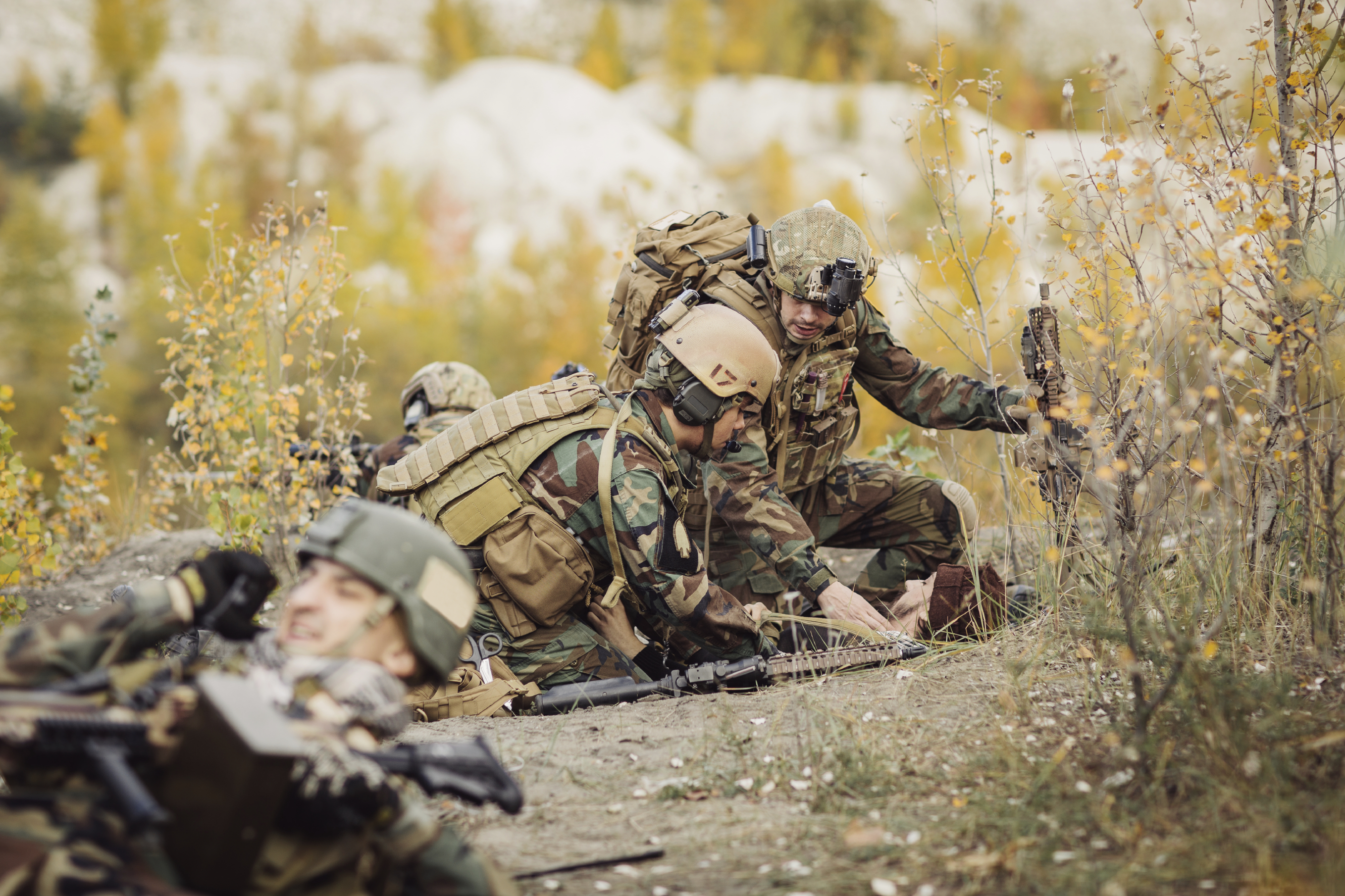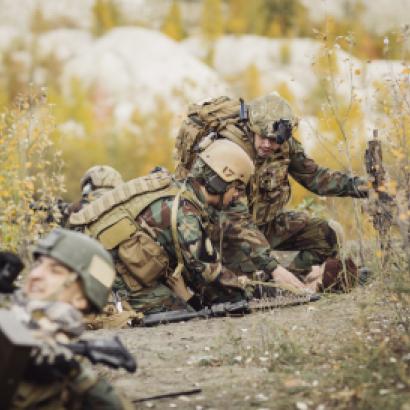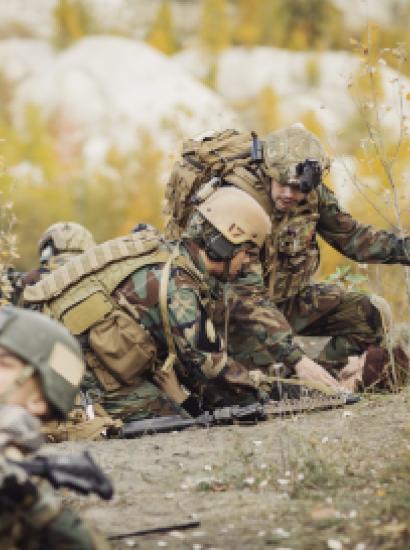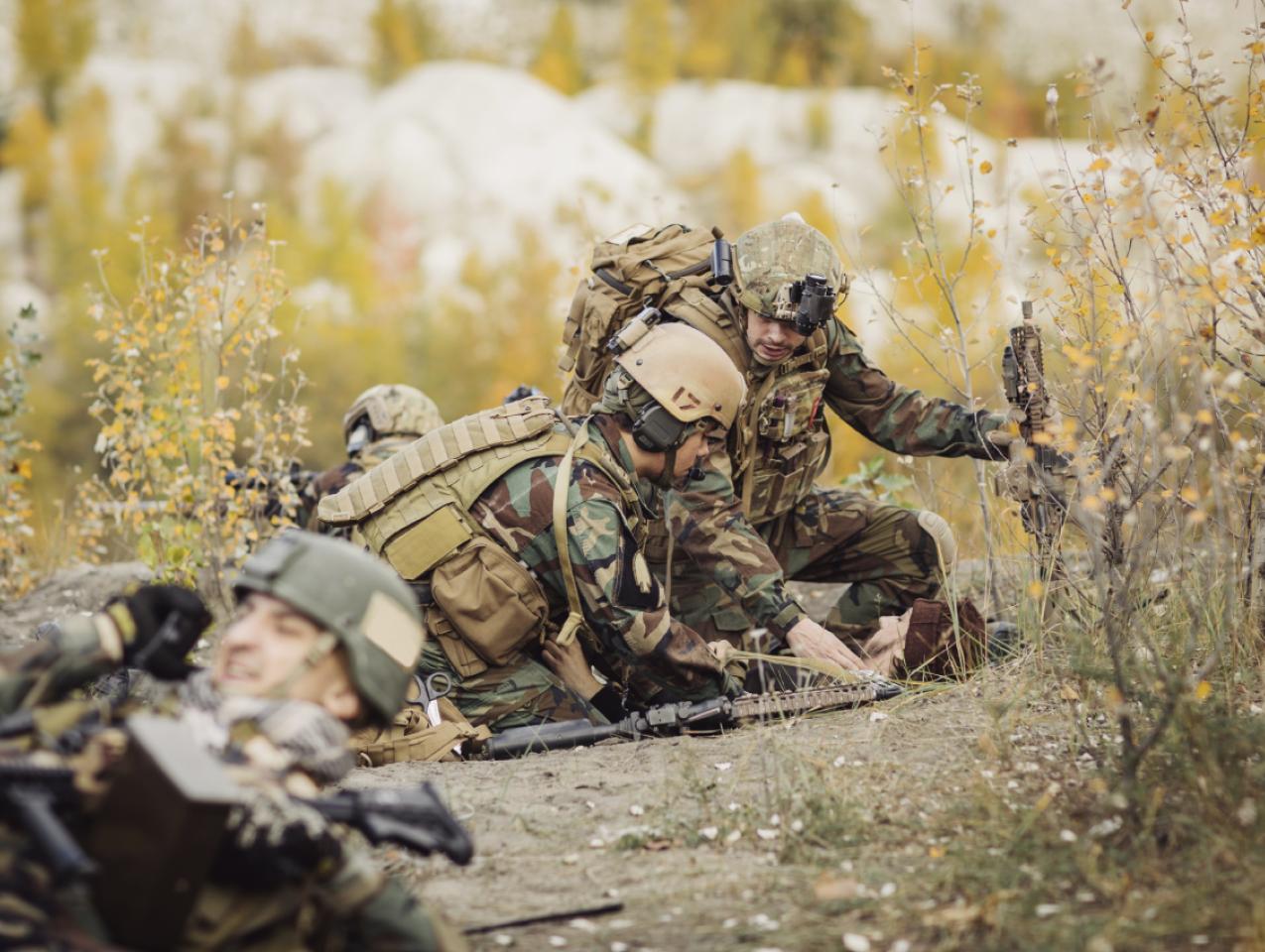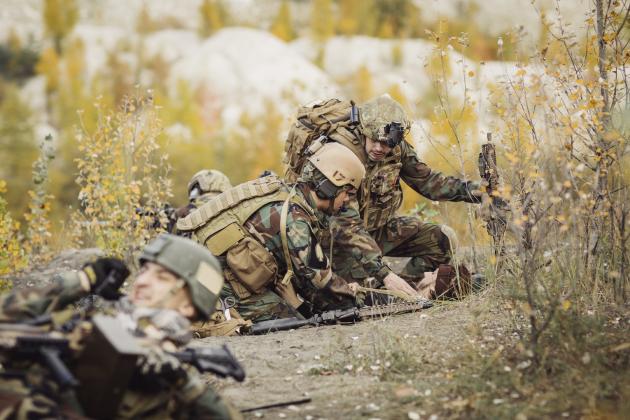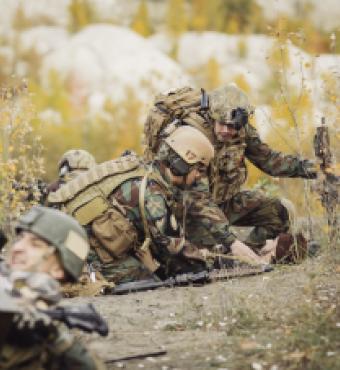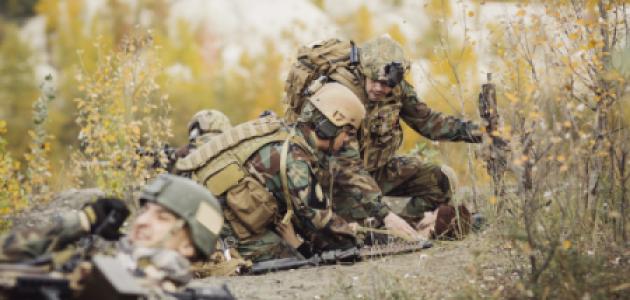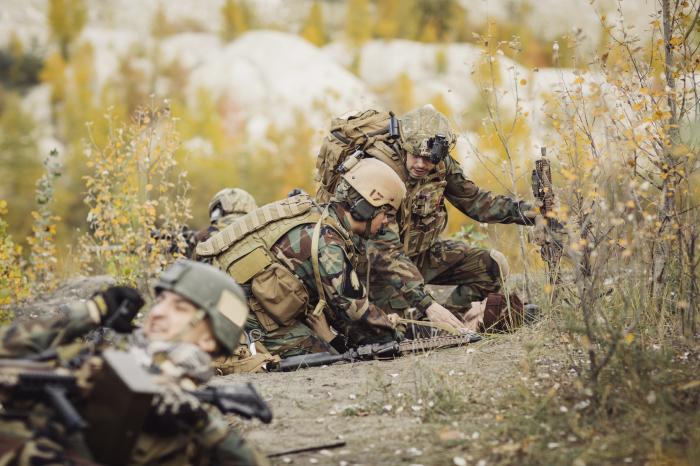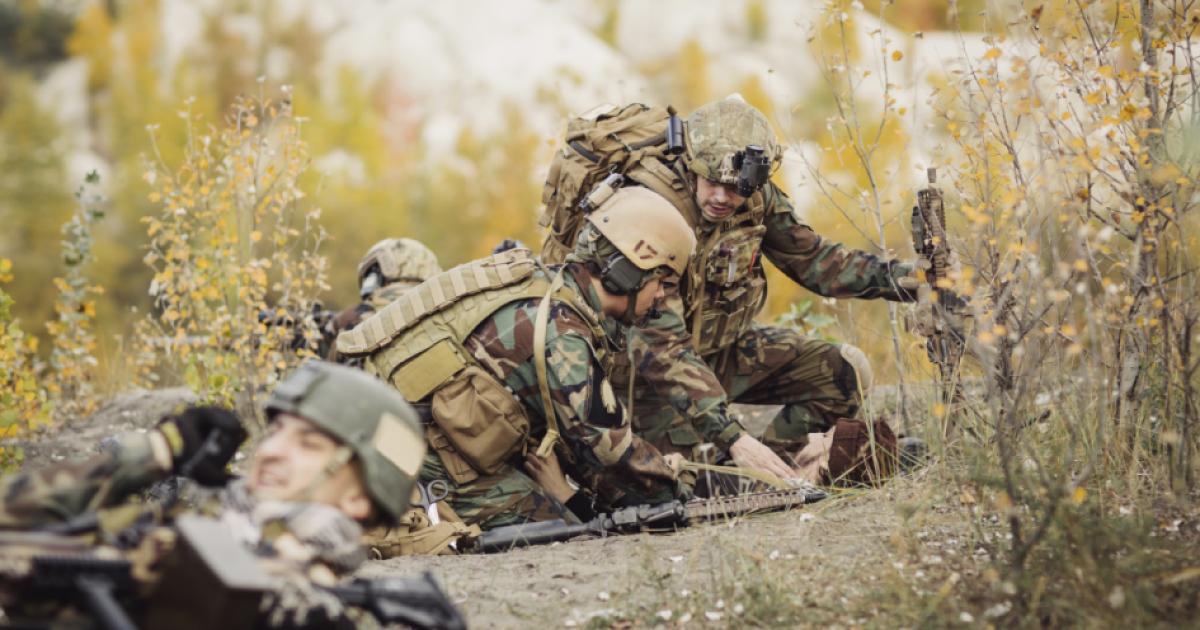The goal of this Caravan has been to provide an account of the strategic underpinning of the challenges the US faces and which the next administration—whoever occupies the White House—will have to address. Five distinguished experts have explained how the historical preeminence of American military power in the region cannot be taken for granted. It can be maintained only through a clear strategic vision and the political will to act on it.
A key take-away from these Caravan contributions is the transformation of the Middle East into a territory of great power competition. Of course one could also regard this as a regression to the historical norm, a return to the great game of imperial ambitions. In any case, no one should assume that the US can rest on its laurels and simply lay claim to the prerogatives of a single superpower, when Russia and China are vying for influence and deploying naval assets to back up their political ambitions. Indeed, while in recent years much American attention has focused on the vicissitudes of ground campaigns and the complex competition among various local forces, state and non-state, an equally or even more important development has taken place, the reestablishment of Russia as a key player. Russia’s agenda was written into the JCPOA and it has been realized through the history of the Syrian war. Putin’s aspiration to reestablish the global influence once wielded by the Soviet Union is being pursued in the Middle East, and it is hard not to understand this Russian resurgence as a direct consequence of the policies of American withdrawal. This intrusion of a force not friendly to the US into this vital geopolitical region cannot be in American interest. The next administration will have to address this challenge, just as it will have to determine how to respond to the ongoing and increasing hostility from Iran.
A further implication of these pieces is that our strategic thinking has to go beyond the simplistic binary of boots on the ground or not. As important as ground troops are, the primary focus on them in political debate has short-circuited the full utilization of US power. Naval and air assets have to be figured into the program more effectively; historically they have played central roles in the projection of US power in the region, and they could do so again. Arguably the use of drone technology has already moved in that direction, but the basic paradigm prevailing in the US efforts in the region has remained ground warfare, with air power relegated to a supporting role. A new administration’s strategy could develop a more effectively multidimensional agenda. This pertains not only to American military capacity but also to the need to rebuild and cultivate productive relations with regional allies. Relations with Egypt, Israel and Turkey have all frayed somewhat, and it will be urgent for the next administration to rebuild them.
Finally the Caravan has pointed to the crucial importance of recognizing the connection between Iran and ISIS, or Sunni extremism more broadly: the more the US appears to endorse Iranian hegemony—beginning with the precipitous withdrawal from Iraq—the more fuel is poured on the flames of Sunni anger. The fight against ISIS in other words is linked closely to the local perception of emerging Iranian hegemony. A coherent US strategy in the region would have to keep this connection in mind. In general what the Caravan contributors underscore is that a correction in US policy will only be successful if a larger strategic vision is developed, one aware of the historical dimensions of the problems in the Middle East as well as prepared to deploy the full range of US assets to pursue the national interest.







